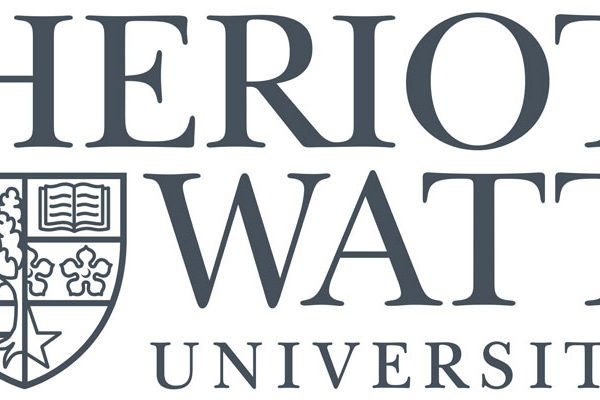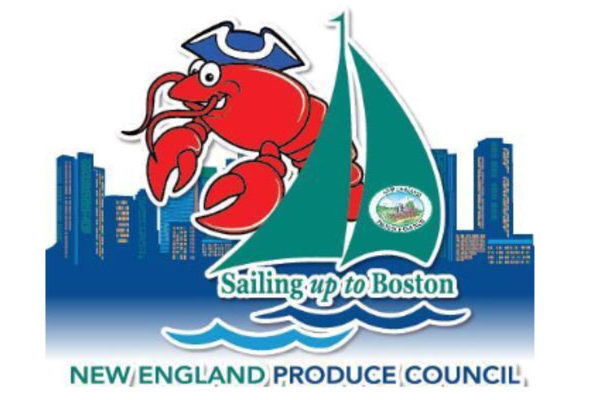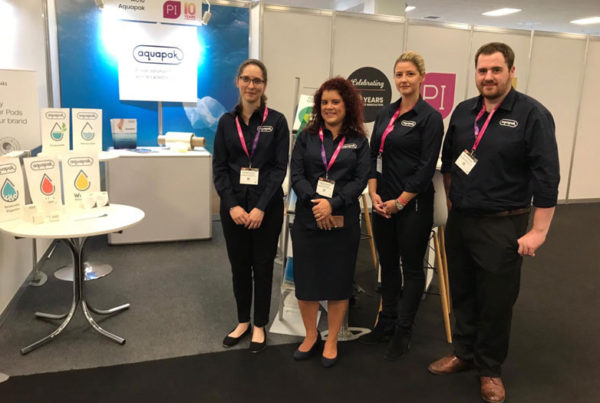Marks & Spencer recently announced a project to reduce the range of plastics it uses in its packaging with the aim of making all of it from a single polymer group by 2020 which would help maximise the use of recycled content. Similarly, the Co-op is aiming for 80% of its packaging to be ‘easily recyclable’ by 2020.
However, If the UK is to meet the target to recycle 57% of plastic packaging by 2020, a lot more needs to be done. Last year for example, only 30% of plastic yoghurt pots, margarine tubs and ready meal containers were recycled.
Without doubt the biggest cause for concern is the plastic film used as packaging for so many everyday products including bread, pasta, vegetables, sandwiches boxes and the cover for ready meals. Last year a mere 3% of this type of plastic was recycled, mainly because only one in five local authority recycling centres have the facilities to deal with it.
UK plastics manufacturer Aquapak Polymers Limited believes it has the answer. The company has developed a ground-breaking new ‘smart’ plastic that has potential to significantly boost the recyclability of plastic packaging. Formulated from a synthetic polymer that’s been around for more than a century, Aquapak’s new HydroPol® material offers a truly sustainable alternative to the unrecyclable plastic film used in packaging.
HydroPol is extremely strong, protects products and extends the shelf life. However, the biggest breakthrough is that once used, it can be fully recycled within existing waste management facilities and biodegrades in both anaerobic digestion and composting facilities. It is also non-toxic if it enters the environment or water systems where it will eventually dissolve.
“The flexible packaging market is booming as manufacturers increasingly switch from rigid packaging to lightweight, less resource intensive alternatives,” explains John Williams, Technical Director of Aquapak Polymers Limited.
“However, with such small amounts being recycled, flexible plastic film isn’t necessarily the most sustainable choice for food producers and manufacturers, until now.”
HydroPol®, produced in pellet form, is the result of more than six years research and development and millions of pounds investment. Following extensive tests the company is confident it offers manufacturers with a sustainable alternative to rival conventional packaging film in terms of functionality and performance, and offers a choice of options for processing and recycling once used, which is a significant breakthrough.
HydroPol® has been formulated from Polyvinyl Alcohol (PVOH), most commonly used in eye drops and for detergent pods that dissolve in the washing machine. Aquapak has successfully refined the production process to create a material that can be dissolved at temperature, but is also incredibly strong and has versatility to be used across a wide range of packaging applications.
Although Aquapak is looking at a number of commercial uses for its flexible plastic, it is particularly suited for packaging food since it’s FDA approved and acts as an oil, solvent and air barrier, keeping dried or fresh food products fresher for longer. It can be produced in a range of weights and thicknesses, can be clear or coloured and printed directly on without Corona treatment making it an ideal packaging solution for the food industry.
Once packaging made from HydroPol® has been used it can be disposed of along with other recyclable household waste where it can either be recycled or processed through anaerobic digestion or via composting. It also doesn’t need to be de-packaged prior to processing which is another significant development.
John continues: “Environmental impact and sustainability is now firmly at the front of consumers’ minds when it comes to buying products and their packaging. The most important consideration for manufacturers is that the packaging must be exceptionally functional, providing the necessary barrier properties to maintain and increase the lifespan of their products.
“With a lot of the materials available today, in particular bio-plastics, manufacturers have to make trade-offs in relation to how strong the packaging material is or how much it costs. A lot of biodegradable packaging today just doesn’t offer the same functional performance of conventional materials, despite being environmentally better.”
Aquapak strongly believes that HydroPol® has the potential to significantly drive up recycling rates for plastic packaging, a must if we’re to meet the 57% target. The polymer can be recovered either through mechanical recycling systems; it can be given a fingerprint so that Near Infra-Red (NIR) sorters can separate PVOH in current materials recovery facilities, or via a simple chemical process so it can be re-pelletised and reused.
Aquapak has designed the pellet to be compatible with standard polyethylene machines and is working with manufacturers to refine this process, so production for the material can be scaled up according to demand in the future.
John concludes: “When developing HydroPol we’ve tried to create a superpolymer that provides brands, retailers and manufacturers with the full package; functionality, performance, is aesthetically appealing and offers a choice of options when it comes to the end of its useful life.”



